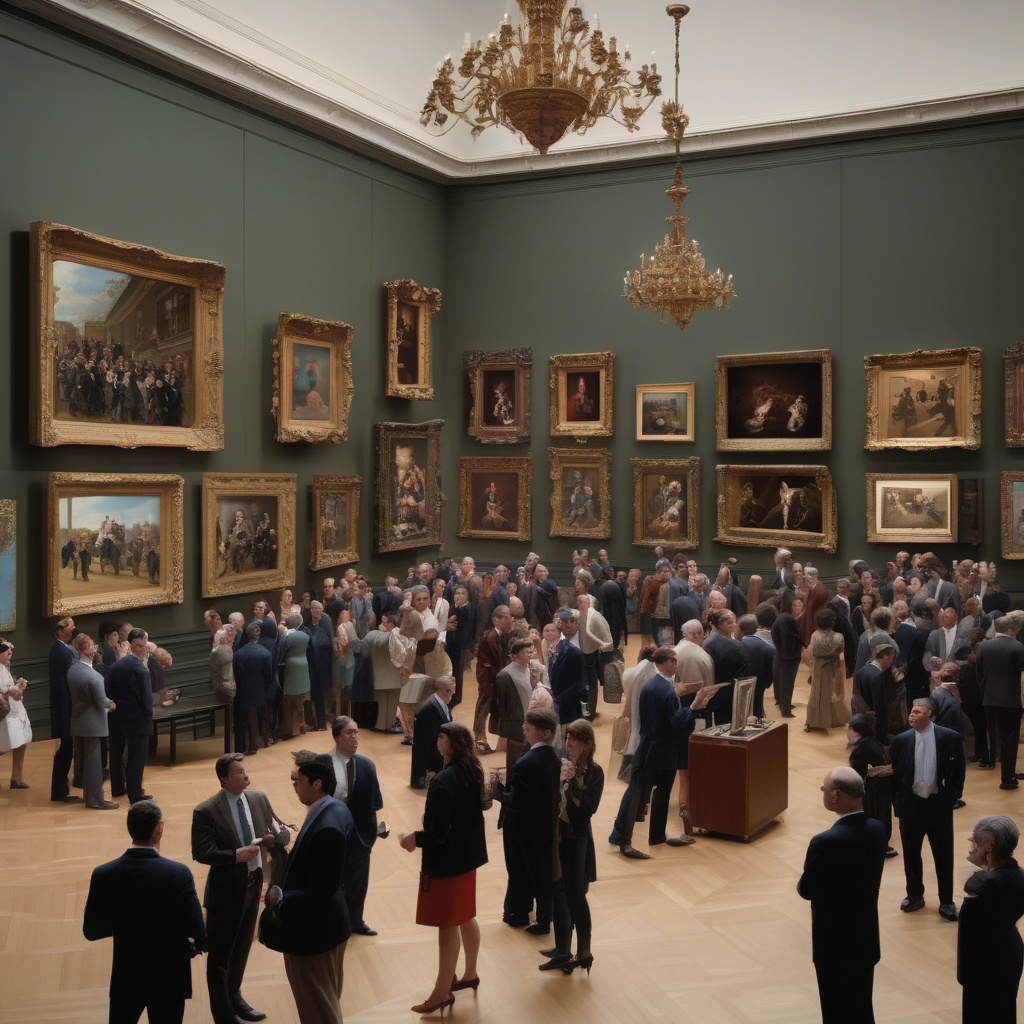In a bold move that defied the demands of nearly 6,500 artists, Christie’s proceeded with its groundbreaking AI art auction, Augmented Intelligence. Despite the controversy surrounding the event, the results speak for themselves. The auction reportedly surpassed all expectations by generating over $700,000 in sales, with numerous pieces fetching prices well above their initial estimates.
This success not only highlights the growing influence of artificial intelligence in the art world but also underscores the evolving tastes and preferences of art collectors. By embracing AI-created works, Christie’s has demonstrated a willingness to push boundaries and explore new frontiers in the realm of fine art.
The outcome of the Augmented Intelligence auction serves as a testament to the increasing acceptance and appreciation of AI-generated art among both the art community and the general public. It signals a shift in perceptions regarding the intersection of technology and creativity, paving the way for further innovation and experimentation in the field.
As AI continues to reshape various industries, including art and culture, events like Christie’s AI art auction provide valuable insights into the potential of technology to inspire, challenge, and redefine traditional practices. The success of such ventures encourages artists, collectors, and enthusiasts to explore the limitless possibilities that arise from combining artificial intelligence with artistic expression.
Ultimately, Christie’s bold decision to host the Augmented Intelligence auction not only defied expectations but also sparked important conversations about the role of AI in shaping the future of art. As the boundaries between human creativity and technological innovation blur, events like these serve as compelling reminders of the power of collaboration between man and machine in creating something truly extraordinary.

